Description
Growing habitats
Morinda citrifolia grows in shady forests, as well as on open rocky or sandy shores. It reaches maturity in about 18 months, then yields between 4 and 8 kg (8.8 and 17.6 lb) of fruit every month throughout the year. It is tolerant of saline soils, drought conditions, and secondary soils. It is therefore found in a wide variety of habitats: volcanic terrains, lava-strewn coasts, and clearings or limestone outcrops, as well as in coralline atolls. It can grow up to 9 m (30 ft) tall, and has large, simple, dark green, shiny and deeply veined leaves.
The plant bears flowers and fruits all year round. The fruit is a multiple fruit that has a pungent odour when ripening, and is hence also known as cheese fruit or even vomit fruit. It is oval in shape and reaches 10–18 centimetres (3.9–7.1 in) size. At first green, the fruit turns yellow then almost white as it ripens. It contains many seeds.
Morinda citrifolia is especially attractive to weaver ants, which make nests from the leaves of the tree. These ants protect the plant from some plant-parasitic insects. The smell of the fruit also attracts fruit bats, which aid in dispersing the seeds. A type of fruit fly, Drosophila sechellia, feeds exclusively on these fruits.
Uses
Noni fruit
A variety of beverages (juice drinks), powders (from dried ripe or unripe fruits), cosmetic products (lotions, soaps), oil (from seeds), leaf powders (for encapsulation or pills) have been introduced into the consumer market.
Food
Noni is sometimes called a “starvation fruit”, implying that it was used by indigenous peoples as emergency food during times of famine. Despite its strong smell and bitter taste, the fruit was nevertheless eaten as a famine food, and, in some Pacific Islands, even as a staple food, either raw or cooked. Southeast Asians and Australian Aborigines consume the fruit raw with salt or cook it with curry. The seeds are edible when roasted. In Thai cuisine, the leaves (known as bai-yo) are used as a green vegetable and are the main ingredient of kaeng bai-yo, cooked with coconut milk. The fruit (luk-yo) is added as a salad ingredient to some versions of somtam.
Traditional medicine
Green fruit, leaves, and root or rhizomes might have been used in Polynesian cultures as a general tonic, in addition to its traditional place in Polynesian culture as a famine food. Although Morinda is considered to have biological properties in traditional medicine, there is no confirmed evidence of clinical efficacy for any intended use. In 2018, a Hawaiian manufacturer of noni food and skincare products was issued an FDA warning letter for marketing unapproved drugs and making false health claims in violation of the US Food, Drug and Cosmetic Act.
Dyes
Among Austronesian peoples, noni was traditionally used primarily for the production of dyes. It was carried into the Pacific Islands as canoe plants by Austronesian voyagers. Morinda bark produces a brownish-purplish dye that may be used for making batik. In Hawaii, yellowish dye is extracted from its roots to dye cloth.
ยอ (ชื่อวิทยาศาสตร์: Morinda citrifolia L.) เป็นพืชพื้นเมืองในแถบพอลินีเชียตอนใต้ แล้วแพร่กระจายไปยังบริเวณอื่น ๆ ภาษามลายูเรียกเมอกาดู ในหมู่เกาะในมหาสมุทรแปซิฟิกเรียกโนนู เป็นไม้ยืนต้น ต้นสี่เหลี่ยม เปลือกต้นเรียบ ใบสีเขียวเข้ม ดอกออกเป็นช่อที่ซอกใบ ฐานดอกติดกันแน่นเป็นทรงกลม ผลทรงยาวรี เมื่ออ่อนสีเขียว พอสุกเปลี่ยนเป็นสีขาวนวล เนื้อนุ่ม รสเผ็ด กลิ่นแรง มีเมล็ดจำนวนมาก สีน้ำตาลเข้มการใช้ประโยชน์
ใบสดใช้สระผม กำจัดเหา ผลยอแก่มี asperuloside แก้อาการคลื่นไส้อาเจียน และแอนโทรควิโนน ช่วยขับพยาธิ แก้ท้องอืด ท้องเฟ้อ ในโพลีเนเซีย ใช้ผลอ่อน ใบและรากใช้รักษาความผิดปกติของประจำเดือน ความระคายเคืองในทางเดินอาหาร เบาหวาน โรคเกี่ยวกับตับ และการติดเชื้อในระบบขับถ่ายปัสสาวะ ชาวโอรังอัซลีในรัฐเปรัก ประเทศมาเลเซีย ใช้น้ำคั้นจากผลรักษาดีซ่าน
รากใช้ย้อมสีให้สีแดงหรือสีน้ำตาลอ่อน เปลือกให้สีแดง เนื้อในเปลือกสีเหลืองใช้ย้อมสีผ้าบาติก ในฮาวาย สกัดสีเหลืองจากรากยอใช้ย้อมผ้า มีการสกัดน้ำมันจากเมล็ดยอ ซึ่งมีกรดลิโนเลอิกมาก ใช้ทาลดการอักเสบและลดการเกิดสิว ลูกยอสุก รับประทานโดยนำมาจิ้มกับพริกกับเกลือหรือเอามาสับเอาแต่เนื้อกวนกับน้ำตาล ใบยอใช้รองห่อหมก แกงอ่อมใบยอ แกงเผ็ดปลาขมิ้นใบยอ ผักลวกจิ้มน้ำพริก
สารอาหารและสารเคมีในผลยอ
ผลยอผ่าตามขวางแสดงลักษณะของผลรวม
ใบอ่อนนำมาลวกกินกับน้ำพริก แกงจืด แกงอ่อม หรือใช้รองกระทงห่อหมก ผัดไฟแดง ลูกยอสุกกินกับเกลือหรือกะปิ ลูกห่ามใช้ตำส้มตำ ปัจจุบันมีการนำลูกยอไปคั้นเป็นน้ำลูกยอ ใช้ดื่มเป็นยาลดความดันโลหิต ทำให้นอนหลับ ป้องกันโรคภูมิแพ้
ลูกยอบดประกอบด้วยคาร์โบไฮเดรตและเส้นใย มีธาตุอาหารที่พบในน้ำลูกยอเล็กน้อย ในลูกยอบดมี วิตามินซี ไนอะซิน (วิตามิน B3), เหล็ก และโพแทสเซีย วิตามินเอ, แคลเซียม และ โซเดียม เมื่อคั้นเป็นน้ำจะเหลือแต่วิตามินซี ในปริมาณครึ่งหนึ่งของส้มดิบแต่มีโซเดียมสูงกว่า ลูกยอมีสารเคมีหลายชนิด เช่น ลิกนัน โพลีแซคคาไรด์ ฟลาโอนอยด์ อีริดอยด์ กรดไขมัน สโคโปเลติน และ อัลคาลอยด์ แม้จะมีการศึกษาฤทธิ์ทางชีวภาพของสารเหล่านี้ แต่ยังไม่เพียงพอต่อการสรุปถึงประโยชน์ต่อมนุษย์
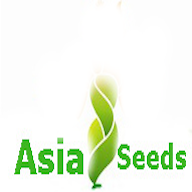
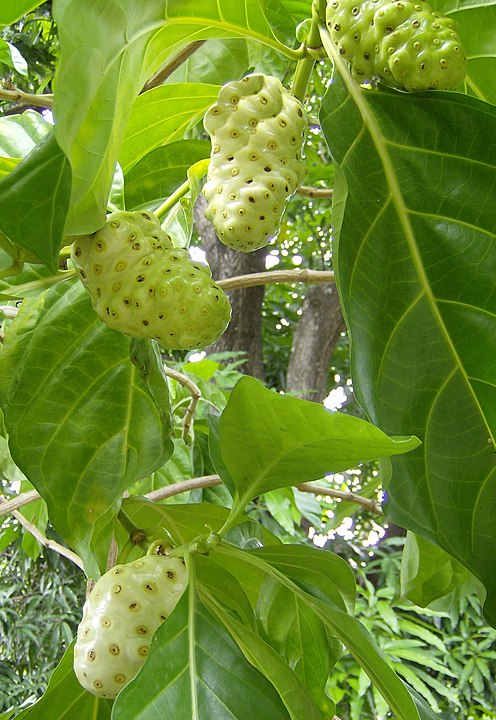
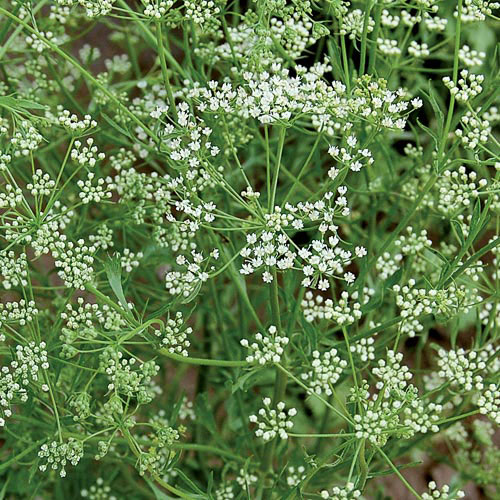

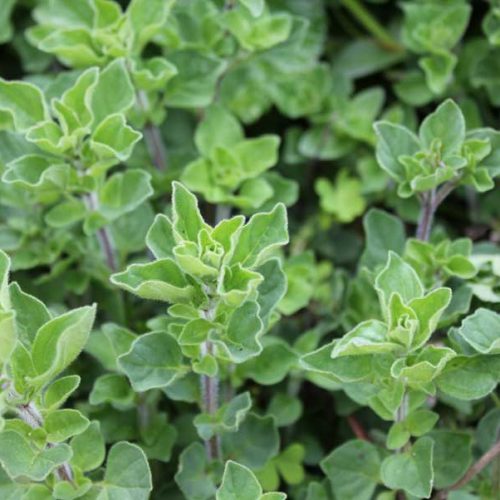
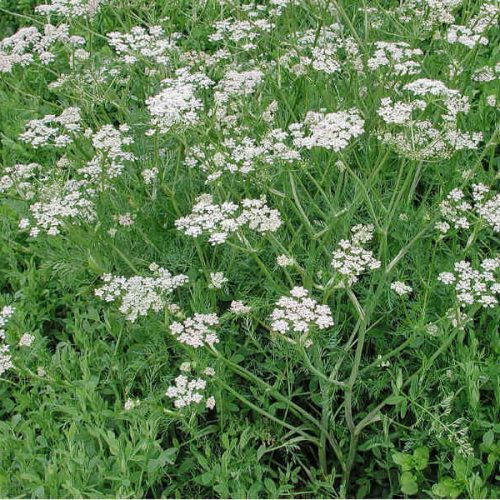
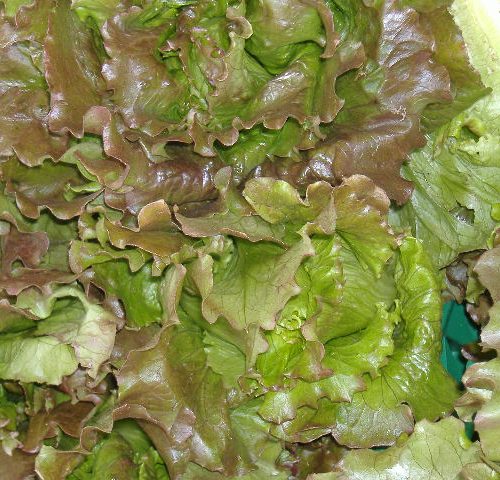
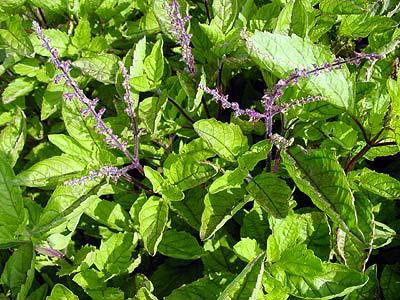
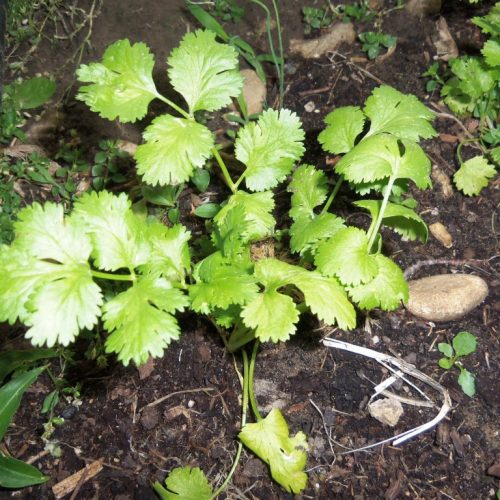
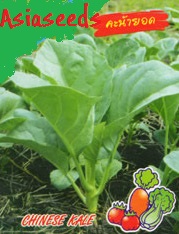
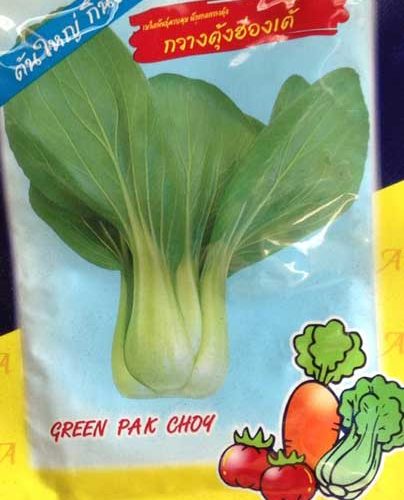
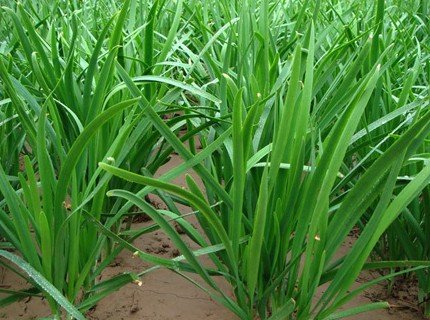
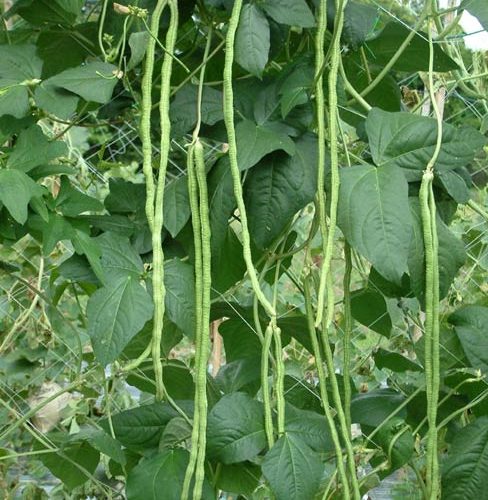
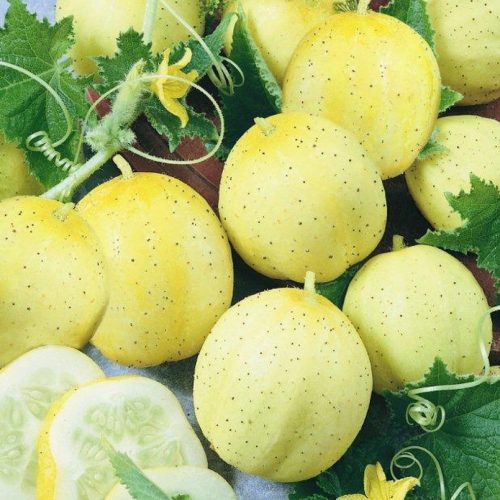
Reviews
There are no reviews yet.